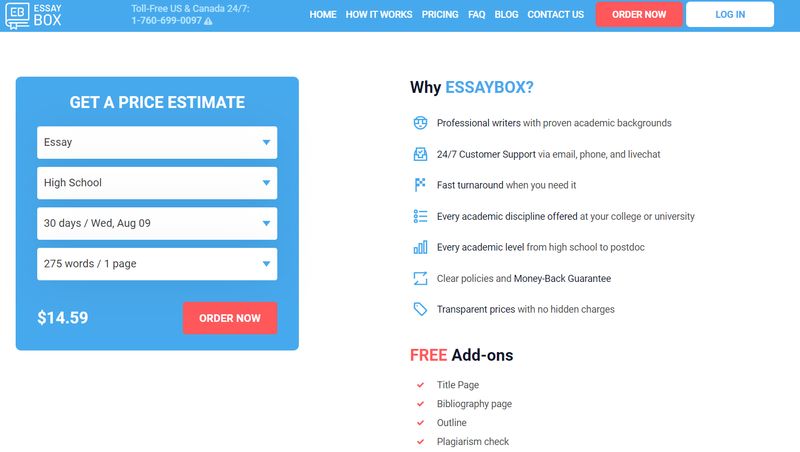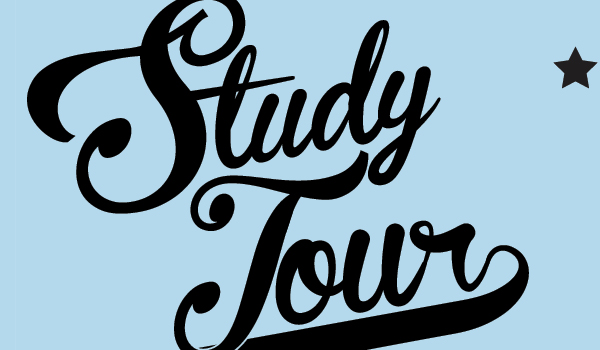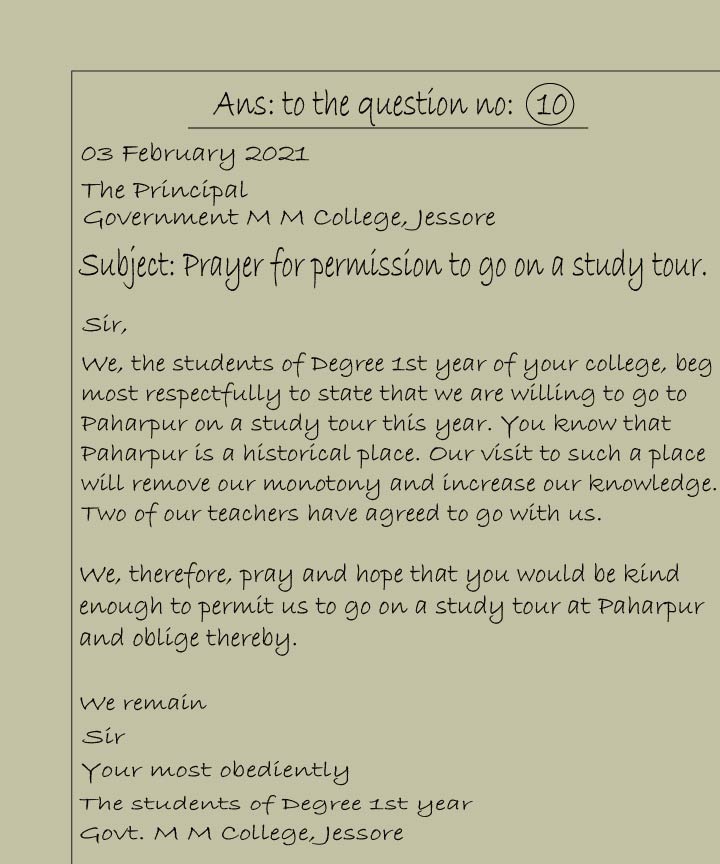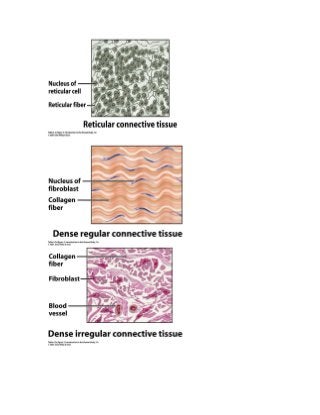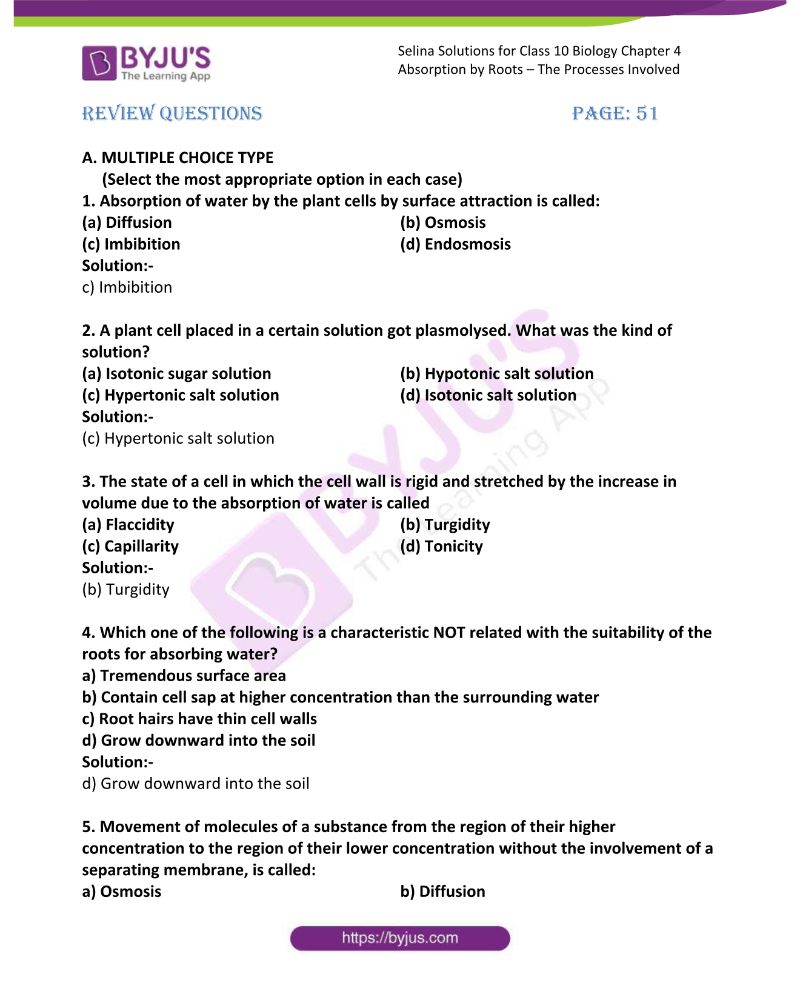How to Write a Study Tour Report
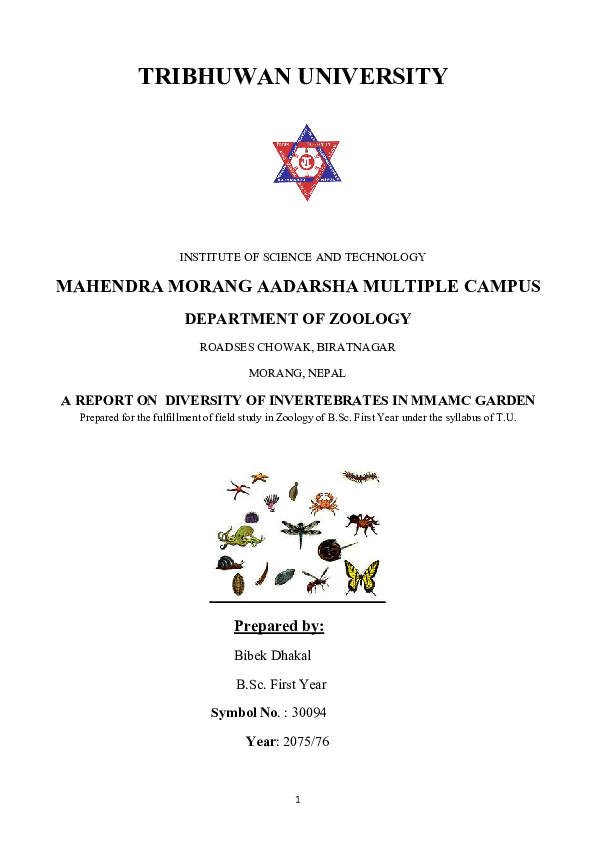
If you are writing a study tour report, you should first know what to include in it. You should start with an introduction paragraph that explains why you went on your trip. In the next paragraph, you should tell about where you went and what you expected to see and experience. Your third paragraph should provide more details about the trip. Your fourth paragraph should focus on other things that you saw and what your friends thought of it.
Sample of a study tour report
A Sample of a study tour report is a comprehensive document detailing the findings of a school trip. A study tour report reflects the educational value of a trip, including any objectives the student might have and unexpected learning experiences. In addition, the sample report will highlight the impact of the trip on the student’s chosen discipline, as well as any inspiration for coursework or an exam. Here’s how to write a study tour report:
Format of a study tour report
A study tour report is a critical document that must reflect the learning from each visit. The final summary should describe how the participants’ thoughts evolved and report their findings. The format should be educational, allowing participants to pass on their newly gained knowledge back home. The report should include all the details needed to effectively conduct a study tour. Here are some tips to create an effective study tour report:
When writing a study tour report, always use the following structure:
Information to include in a study tour report
A study tour report is a critical document for the participants, as it reflects the content and evolution of their thinking throughout the tour. It is an opportunity to convey new knowledge to the participants and share this with others back at home. To write a study tour report, consider drafting one or two daily debriefings. The purpose of a study tour is to visit the structures that represent the central theme of the study.
A sample study tour report will include a title page, summary, conclusions, recommendations, and referring attachments. The summary summarizes the major points and key findings of the report. For example, a study tour report may discuss the impact of the gender pay gap on decisions and family finances and on caring responsibilities. It will also contain any data gathered by the study tour. In addition to presenting the tour results, the study tour report should include a thorough analysis of the data collected during the tour.
Sources of information
Primary sources can be challenging to analyze, especially if they don’t provide enough context or are biased. Students must use their prior knowledge and work with multiple resources to understand complex historical events. In addition, students should challenge their assumptions about past events by examining other primary or secondary sources and asking them for reasons and specific evidence for their conclusions. While using primary sources, students should also consult secondary and primary sources to understand the context and author’s perspective.

